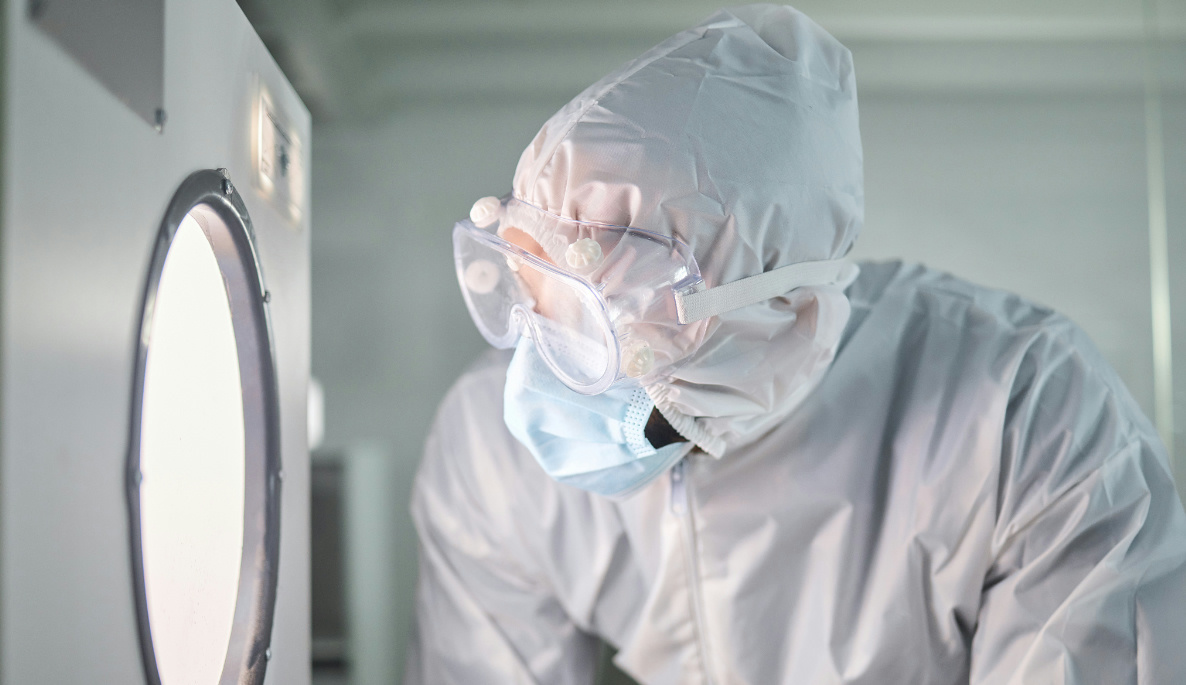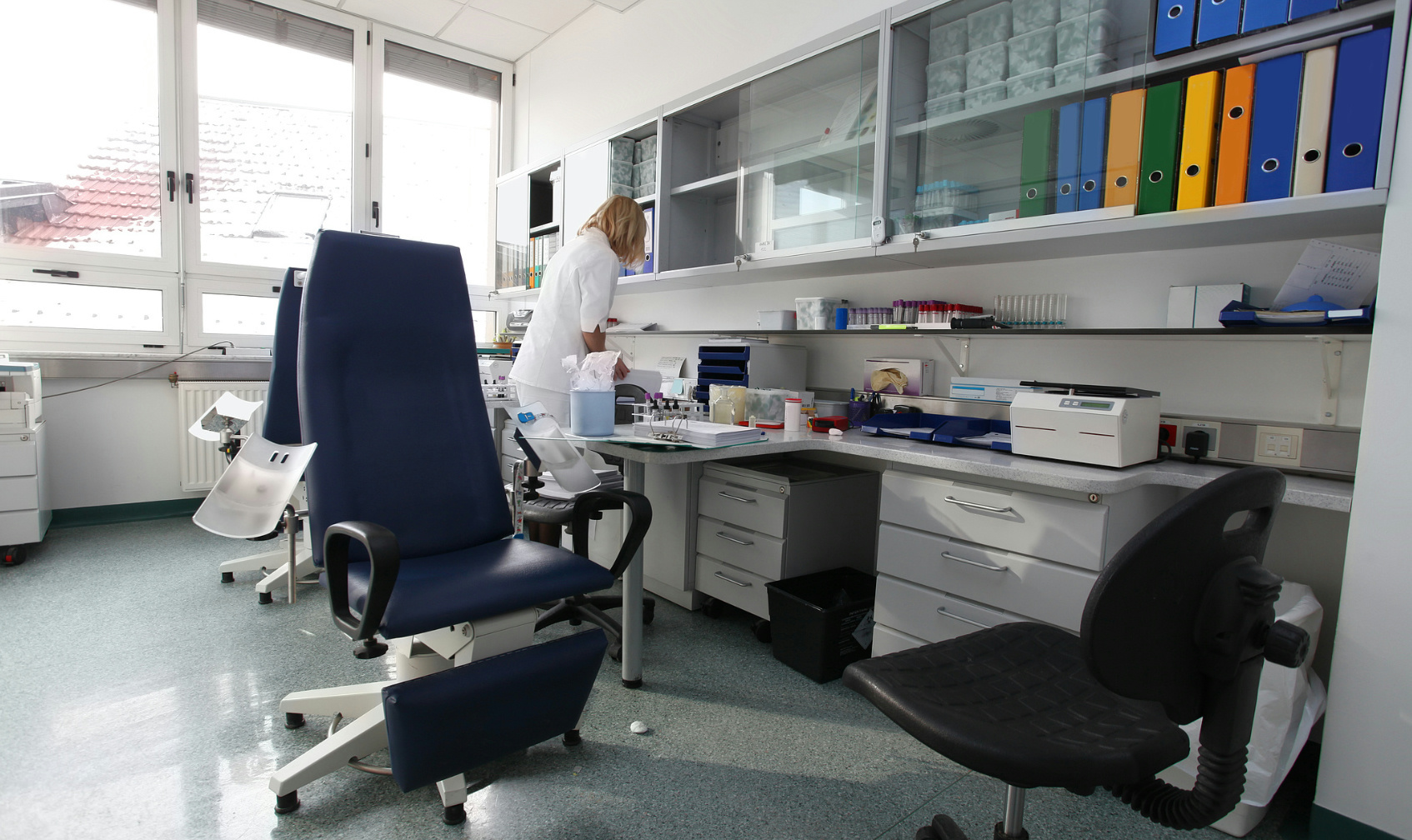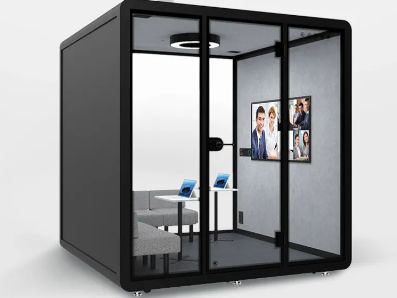Humanized Design of Scientific Research Venues: Concept Innovation and Spatial Reconstruction
Release time:
2025-04-22 10:39
In the past laboratory design and construction process, people's concept of the laboratory is often monotonous, cold and depressing closed environment; at the same time, it is filled with the stacking of various supplies, pungent smell, and some not very high-quality laboratories are also accompanied by some potential risks (mainly due to unreasonable planning of dangerous goods). Due to the high requirements of many laboratories for illuminance, the lighting of many laboratories is relatively dazzling, which reminds me of the small white room in American films used to mentally torture prisoners.

Who would have thought that in such an environment, more than 8 hours of life time of scientific researchers is hidden every day. When cold instruments and standardized procedures become synonymous with laboratories, humanized design is redefining the value of scientific research space. This change is not only about improving comfort, but also bears the deeper meaning of inspiring innovative thinking and ensuring the safety of scientific research.
01
A safe environment directly hits the psyche: strengthen safety training and management
If a laboratory personnel subconsciously often has some concerns about accidents, it is a great pressure on the spirit itself, even if it is only occasionally. In today's society where information exchange is so rapid, frequent laboratory accidents will cause more laboratory personnel to panic. Because the safety training and management of most laboratories in China are relatively scarce and imperfect. How to perfectly close the loop in this link will become a particularly important focus.
Here is a brief summary:
1. Reasonable and compliant storage of hazardous chemicals, forming intelligent and traceable management of storage, use and registration, minimizing the risks from unstable sources.
2. During the use of the laboratory, the dangerous operation area is managed in a standardized and standardized manner, and the impact on personnel is reduced through auxiliary equipment and experimental clothing.
3. For special types of laboratories (such as biosafety), conduct pre-job training for personnel, strengthen SOP management training, and electromechanical equipment training, so that laboratory personnel can truly do not only experiments, but also use laboratories and understand laboratories.
4. Strengthen investment in the core system, make intelligent control safe and convenient, and prevent cross-contamination and laboratory external environmental pollution caused by personnel misoperation.
Only by reducing risks and enhancing laboratory personnel's diversified understanding of the experimental environment can the problem be fundamentally solved. People are often afraid of the unknown.
02
Space design: Awakening the sleeping passion
Humanized problems are actually relatively general concepts. In small terms, the good or bad of the visual sense will directly affect the work enthusiasm of the laboratory personnel. Human sensory emotions will not actually be different because of the laboratory or ordinary environment, because the pursuit of beautiful things is common. Let's talk about the layout planning. Traditional laboratories use a matrix layout based on functions, which often makes scientific researchers fall into a cycle of mechanical operation. Modern humanized design advocates breaking down rigid partitions and introducing "scientific research ecosystem" concept: organically integrate the experimental area, cooperation area, and rest area, and realize dynamic space transformation through green plant walls and movable partitions. The open laboratory of the Max Planck Institute in Germany adopts a circular line design, which naturally transitions between the precision instrument area and the leisure coffee area, and the occasional encounters during the experiment have given birth to many interdisciplinary research projects. Recently, a scientist customer gave me feedback that a relatively open environment is more likely to inspire the creativity of scientific researchers.

Furthermore, from the perspective of color, the application of color psychology in space design shows amazing effects. The Tsukuba University laboratory in Japan uses light blue walls to reduce visual fatigue, warm gray operating tables to reduce glare, and bright yellow signage to improve emergency recognition. These color combinations have reduced the laboratory accident rate by 18% and the subjective stress perception of scientific researchers by 27%. I vaguely remember that several American films (Resident Evil, Jurassic World, etc.) have involved some high-level foreign laboratories, and the color matching and selection inside make people feel very comfortable. Therefore, we need to work harder on color and lighting.
03
System innovation:
From tool attributes to interactive experience
Ergonomics is reshaping the design logic of experimental equipment. The adjustable height laboratory bench with memory foam seats allows researchers to maintain the natural curve of the spine during long-term operation; the intelligent fume hood has a built-in odor sensor to adjust the ventilation rate in real time and push air quality reports. The flexible operating gloves developed by MIT reduce muscle strain during precision operation through a pressure feedback system. A small detail, I recently went to the laboratory and found that many stools are uncomfortable and very hard. The height of the laboratory and the height of the functional wing are difficult to match for laboratory personnel of different heights. Based on the above small details, it is not difficult to see that comfort issues will also cause people to have very different feelings.

Modern laboratory systems, intelligent interconnection and information management systems have greatly reduced the transactional work of laboratory personnel and improved the user experience, which is a great benefit to a large extent.
Furthermore, the intelligent upgrade of equipment brings revolutionary changes. The AR auxiliary system deployed by the A*STAR Institute in Singapore can project operation guides on the surface of experimental glassware, shortening the training cycle for novice researchers by 40%. Internet of Things technology enables experimental equipment to have a "memory" function, automatically recognizing user habits and adjusting parameters. This personalized service has improved scientific research efficiency by 23%.
04
Humanistic care:
Pay attention to openness while maintaining privacy
Always pay attention to the mental health of laboratory personnel
In many cases, the laboratory is a relatively open environment, and scientific researchers spend a relatively long time in it, but the protection of personal privacy for personal life and emergencies is also necessary. Recently, I have seen more and more laboratories. When building, some closed soundproof rooms are set up, which effectively solves this problem and is worth promoting.
In today's society with such great social pressure, the construction of a psychological support system has become a new dimension of humanized construction. A new product I've been paying attention to recently largely meets this need, and I'll tentatively name it a psychological treatment cabin.
It mainly provides oxygen, aromatherapy, and music, allowing high-pressure personnel to achieve deep relaxation and stress release in the cabin within a limited time, which can greatly solve problems such as fatigue and anxiety.

When laboratories are no longer cold containers of technological rationality, but warm incubators of innovation, researchers can unleash greater potential in comfort and respect. From space transformation to cultural cultivation, humanized construction requires systemic thinking and continuous investment. The laboratory of the future should be a symphony of science and humanity, where every data beat is accompanied by the pulse of humanity, and every scientific breakthrough is nurtured by the environment. This transformation is not only about scientific efficiency, but also a solemn commitment to the quality of life of scientific researchers.
Related News



